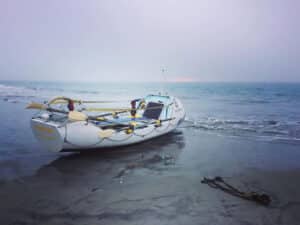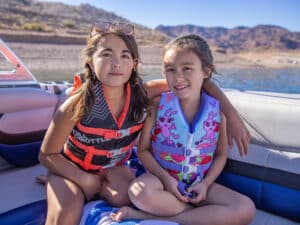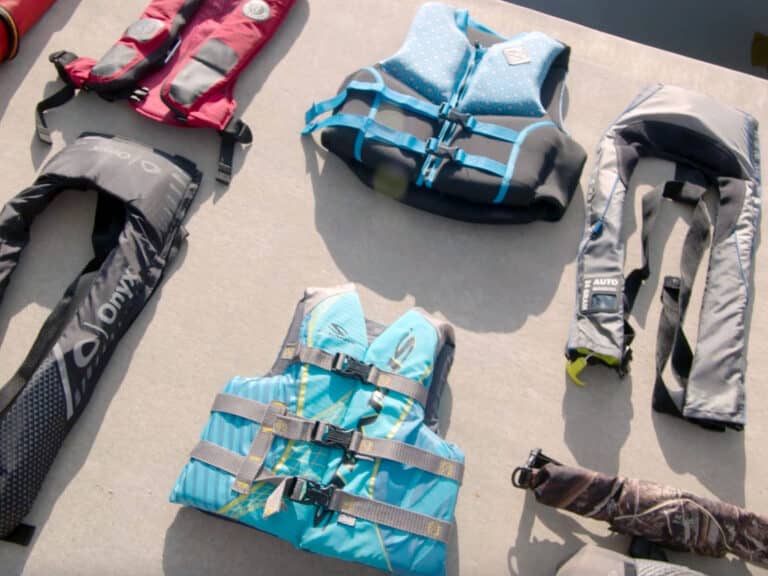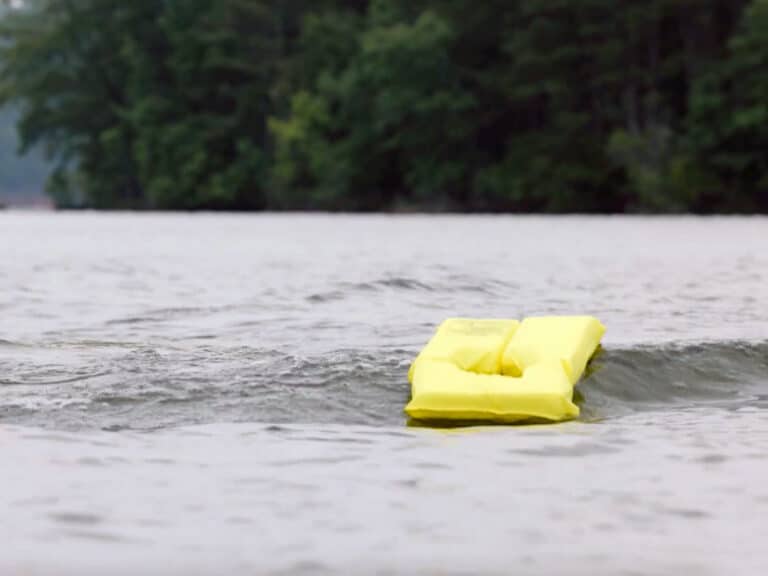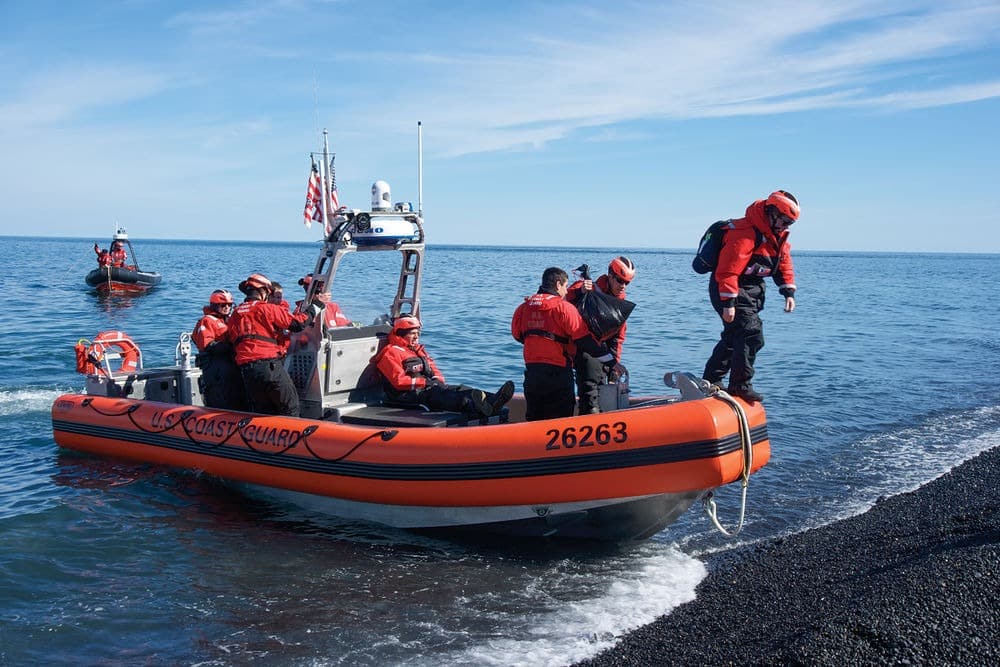
It was 11:10 a.m. in Nome, Alaska, and I was in the enlisted mess of the U.S. Coast Guard cutter Alex Haley. Thirteen Hours of Benghazi was on the TV, and a handful of off-duty sailors were focused on the movie’s developing firefight. Lunch was cooking in the galley, and it smelled spectacular.
I’d boarded the Alex Haley just moments ago, making my way up the gangplank from the Port of Nome and passing through the chopper hangar and a maze of fluorescent-lit passageways and ladders. I was slowed by lugging way too much baggage in a bat-bag-size duffle on my shoulder, along with a laptop and camera in a backpack.
Petty Officer 3rd Class Meredith Manning was guiding me. She was my official “handler,” responsible for keeping me out of trouble and making sure I didn’t observe or document classified actions. If there were any classified operations during my visit, they hid them well.
Manning too was carrying an inordinate amount of gear, yet she easily stayed ahead of me through the labyrinth of passageways. Once through the galley, she handed me off to another Coast Guardsman who found me a berth and a locker in an enlisted area — my home for 24 hours while we sailed from Nome to Savoonga, Alaska, about 150 miles away.
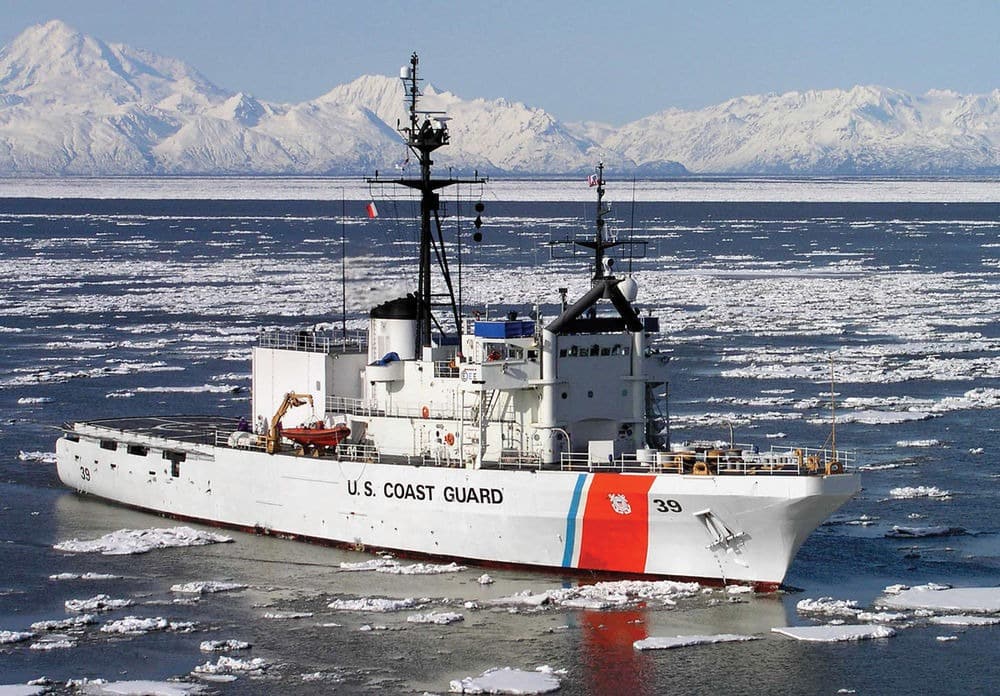
Savoonga is on the northernmost point of St. Lawrence Island in the northwestern Bering Sea. The villagers are Siberian Yupik, a tribe of Eskimos originating in Russia 75 miles westward. They are subsistence hunters for walruses, seals and bowhead whales — a dangerous business at sea, especially in small, open boats and sometimes handmade walrus-skin boats. But hunting is not only ingrained in their ancient culture, it is also essential to their physical survival. The walrus tusks, teeth and skins and whale baleen, meat and blubber are converted to food, skins for whaling boats or native artwork coveted by galleries around the world. Walrus skin is also used for hide blankets for Eskimo blanket-toss competitions and celebrations. Even the membrane surrounding a bowhead’s liver is used to make ceremonial drums.
And into that culture entered the U.S. Coast Guard, an Alaska Department of Natural Resources boating-safety instructor and me. I was embedded on this joint mission between the Coast Guard, its civilian safety personnel and the Alaska DNR hunter and boater-safety spokeswoman, Kelli Toth. We were there at the invitation of the residents of Savoonga, Alaska.
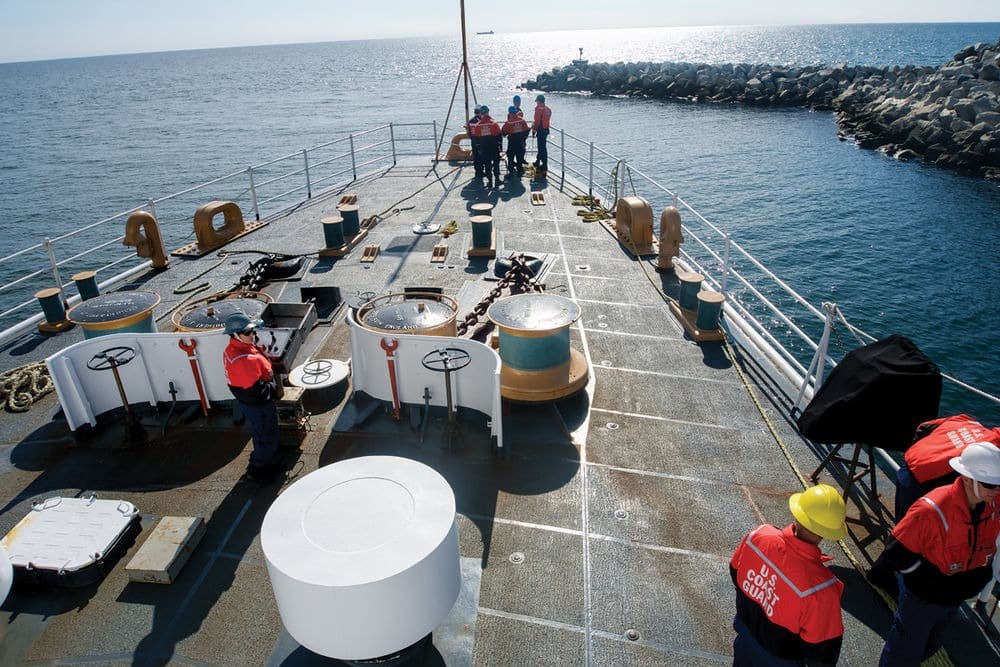
While the Coasties’ primary missions revolve around waterway safety, border and port security, and the protection of civilian vessels at sea, community relations — Comrel, in Coastie speak — is another important aspect of this branch of the military. Prioritizing these missions falls to district staff on the advice of the admiral and department heads.
Accident prevention is one of the duties of Michael Folkerts, District 17’s civilian safety officer. Folkerts explained that Alex Haley falls under “response,” but it coincidentally had scheduled a two- to three-week tour in the Bering Sea with a port call at Savoonga. That fortune in timing enabled me to jump on board in Nome and experience operations.
“Community coordination is essential to these missions,” says Folkerts, mentioning the most important ingredient. “Mayor Myron Kingeekuk and George Noongwook helped us every step of the way.” Noongwook is a respected whaler and a member of the Alaska Eskimo Whaling Commission responsible for helping determine how many bowhead whales each subsistence village is allowed to take.
The crew of Alex Haley is led by Cmdr. Seth Denning, a kind-faced gentleman with a strong sense of duty, both to his crew and the citizens he serves. It was clear his crew not only respected his leadership but also enjoyed his presence. According to one young sailor, “I love this ship, partly because Cmdr. Denning has a heart for Comrel missions like this one.”
Back on the main deck, lunch was served, a Mexican dish with fresh lettuce, chopped tomatoes and more. Dessert was ice cream, if you were fast enough to snag a dish, and the crew ate with gusto as I joined them. Dinner was equally delish, an Asian dish and galley-cooked apple pie a la mode for dessert.
“We have great food,” enthused Chief Joseph Cleary, food-service specialist, “including lobster and crab.” I have to agree. Even breakfast is made to order. The enlisted personnel get three meals a day for less than $20 — a deduction from their Basic Allowance for Subsistence (BAS).
Jet-lagged from travel, I crashed after dinner and slept well. I awoke before sunrise to a hot shower and a stroll to the bridge — quite a feat in the land of the midnight sun.
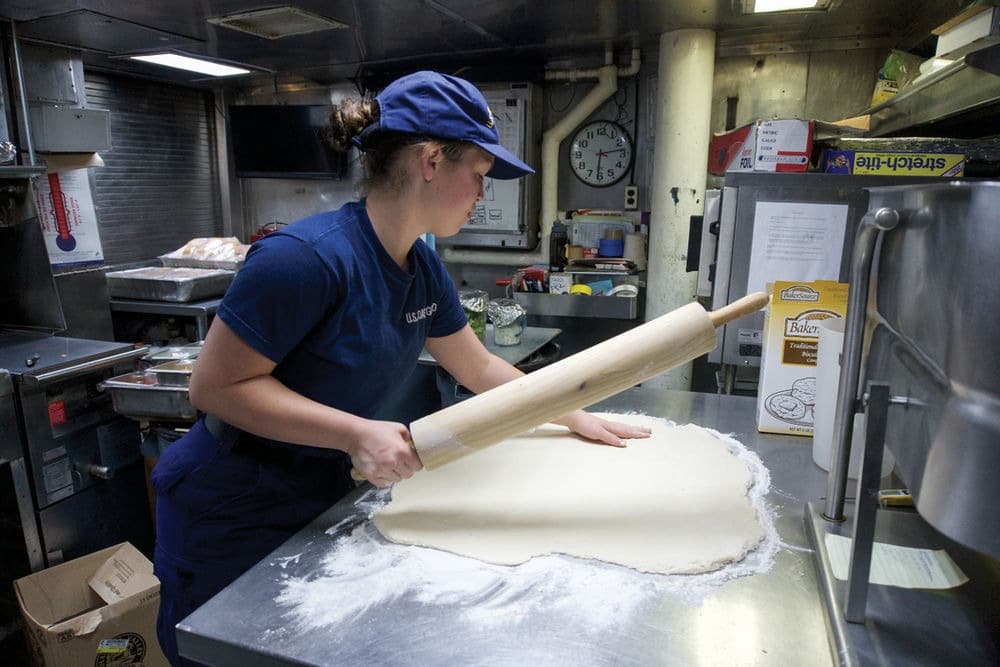
Savoonga was a mile or so to port, and we were cutting back and forth slowly, waiting for the village to come alive. Second Officer Hannah Ingerson, a trim 30-something with a nice but businesslike smile, was in command. Though digital chart plotters were present for navigation, two officers worked under a red light, charting our position.
In the galley, Culinary Specialist 3rd Class Paxton Duffield was rolling out homemade biscuits and preparing to scramble freshly cracked eggs. No wonder over 80 percent of these men and women re-enlisted.
Later, the crew made ready the jet-powered tender, and davit operators, including Petty Officer Ashley Geisert, prepared to lower the boat. Nearly every crewman is trained on multiple tasks, and every event is capitalized upon to prepare them.
“Make sure you get a picture of the davit operators at work,” Geisert implored, eyeing my camera. Another chimed in. “Yeah, it’s the only time you’ll catch them working.” Geisert grinned back, not taking offense to the reference to her very specialized work.
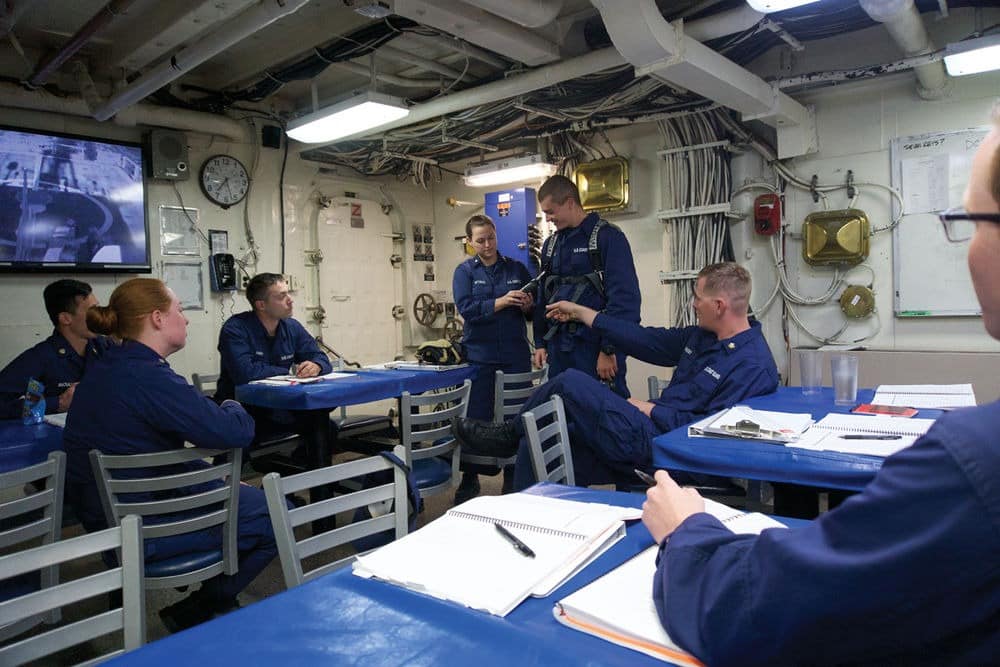
On the tender, the crew began the launch, calling out each detailed step, repeating commands back to each other.
It was a masterful feat of the skipper, his crew and davit handlers to time the acceleration of the boat and the slackening of the cables to safely release the tender to veer away from Alex Haley’s wake.
Ten minutes later, Folkerts and Toth greeted us on the dark, pebbly beach. Just a few months before we hit the beach, a group of Russian Siberian Yupik Eskimos landed there in two open aluminum outboard skiffs and motored across the Bering Sea to visit relatives on the island.
At the school, a tough audience was assembled for Folkerts and Toth’s safety seminar.
“It’s not easy to teach men who routinely jump in open outboards and run 70 miles or more out to sea in search of whales,” Folkerts said. “These mariners may not be by the book, but they have experience and skills that would humble most boaters.”
First, they dissected recent boating-accident reports, looking for ways they could have been avoided. For the most part, if you fall in the frigid water, you’re dead. That’s how the Yupik whale hunters look at it. Even so, it wasn’t easy to get them to wear life jackets, partly because the bright colors would spook the whales. And when you harpoon a whale by hand, any restriction of movement can hamper the kill.
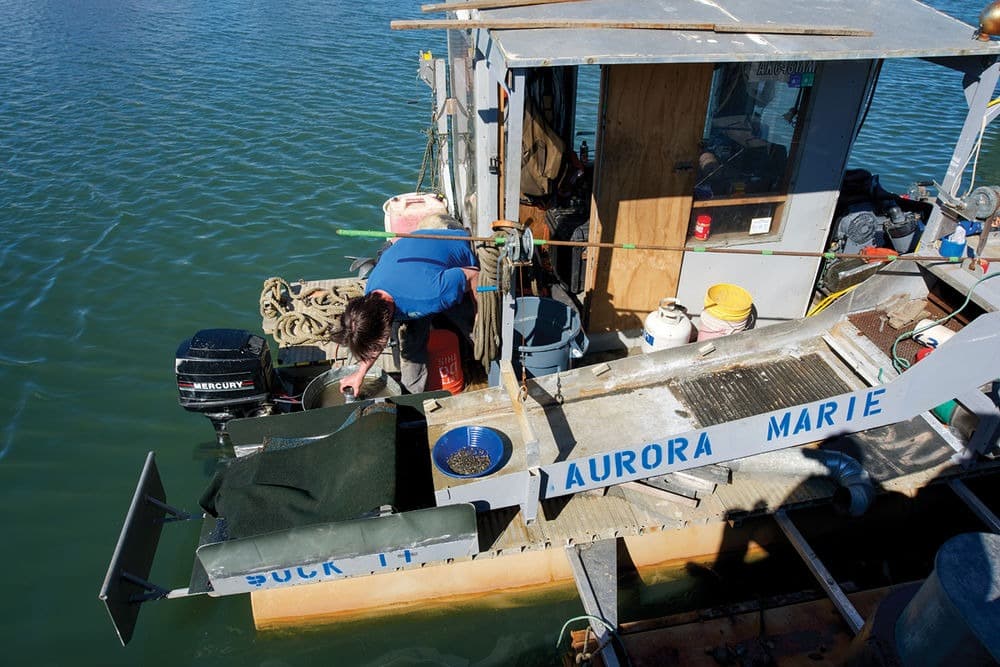
Savoonga residents are only allowed a handful of whales in any given year, and a strike is a kill, even if the wounded animal escapes. One recent kill gave up a 150-year-old Eskimo harpoon head when it was dressed. Bowhead whales can live centuries — this one had carried an antique harpoon head for half its life.
Mustang Rescue eventually developed white float coats that didn’t alarm the quarry, and gave overboard whalers a chance for rescue — but no guarantee. Tragic stories abound.
“Has anybody heard of the 1-10-1 rule?” Toth asked the whalers. A couple of hands went up — they responded to this charismatic teacher, a boater for sure, but far less accomplished than the whalers. “When you fall in freezing water, you have about one minute to get your breathing under control. Then you have 10 minutes to self-rescue before the cold numbs and paralyzes your muscles. You have to decide whether to swim ashore or try to recover the boat. If you can’t do either, a float coat will give you about an hour to await rescue.”
We broke for the day and took a hike around the island.
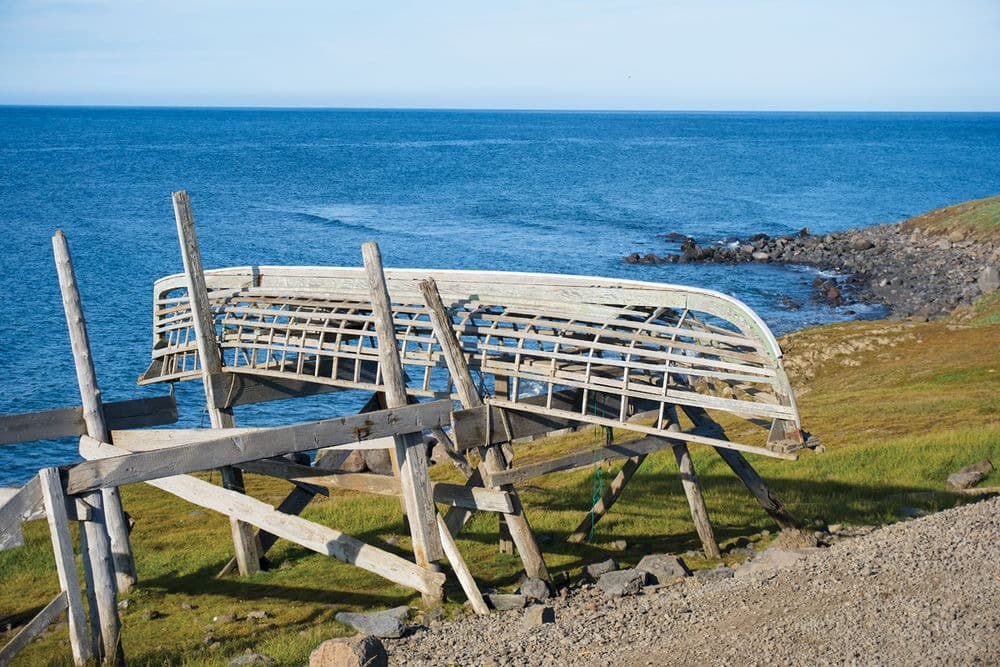
Skin-boat frames were preserved on racks all around the island. Recently built in the traditional way with bowed sticks and beams, they awaited the hide of an unlucky walrus or two to cover their frames. A few had strips of starboard on the keel to protect them from rocks.
The traditional boats are ceremonial but important to linking Yupik tribesmen to their heritage. Eighteen-foot aluminum Lunds rested on high ground, powered by tiller-steered Mercury and Yamaha outboards.
But, the next morning, Folkerts and a couple of Coasties were assembling a bright-orange Porta-Bote while Toth laid various life jackets and float coats on the beach.
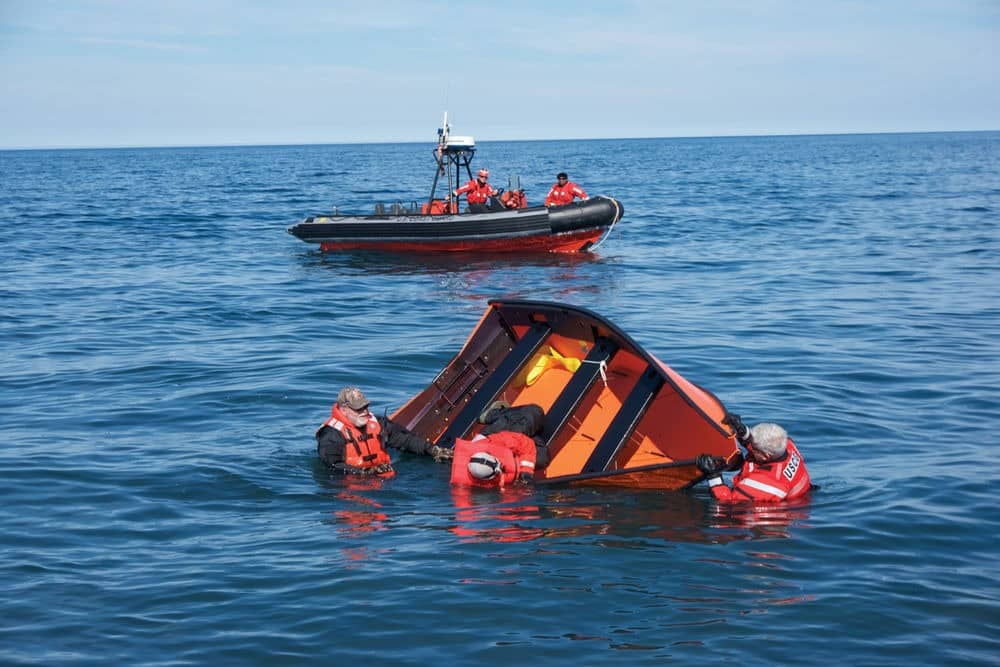
Very few Savoongans had been in the water offshore and lived to tell about it. Yet Folkerts and Coast Guard reservist Roger Holland, dressed in dry suits, standing chest-deep in the sea, coaxed several young adult whalers to don life jackets or float coats and board the little orange boat for a demonstration on the effects of coldwater immersion.
A few Savoongans already knew. Ben Pungowly, a young man you’d estimate to be in his teens or early 20s, once fell through the ice, a not-too-uncommon mishap near Savoonga.
“I slipped through the ice, and the water was a foot over my head,” he began. “I was panicking, breathing too fast. My heart was too fast, I was spitting out water, and my legs were cramping. Luckily, two other boys were there to pull me out. I couldn’t get myself up.”
“It is the age group of 18- to 34-year-olds that represents most of the drownings and immersion accidents,” Toth said, explaining why she was leaning on this group for the volunteers. “You have to learn to calm your breathing or you quickly lose the ability to make coordinated movements.”
In every “sinking,” a single truth emerged among whalers: It took at least one minute to get control of panic and breathing, and that often took the coaching of the Coasties to do it. In 10 minutes, they had to make their way ashore or back in the boat. Only one was able to reboard the boat — and that was with the aid of a self-rescue boarding strap attached to a thwart in the boat.
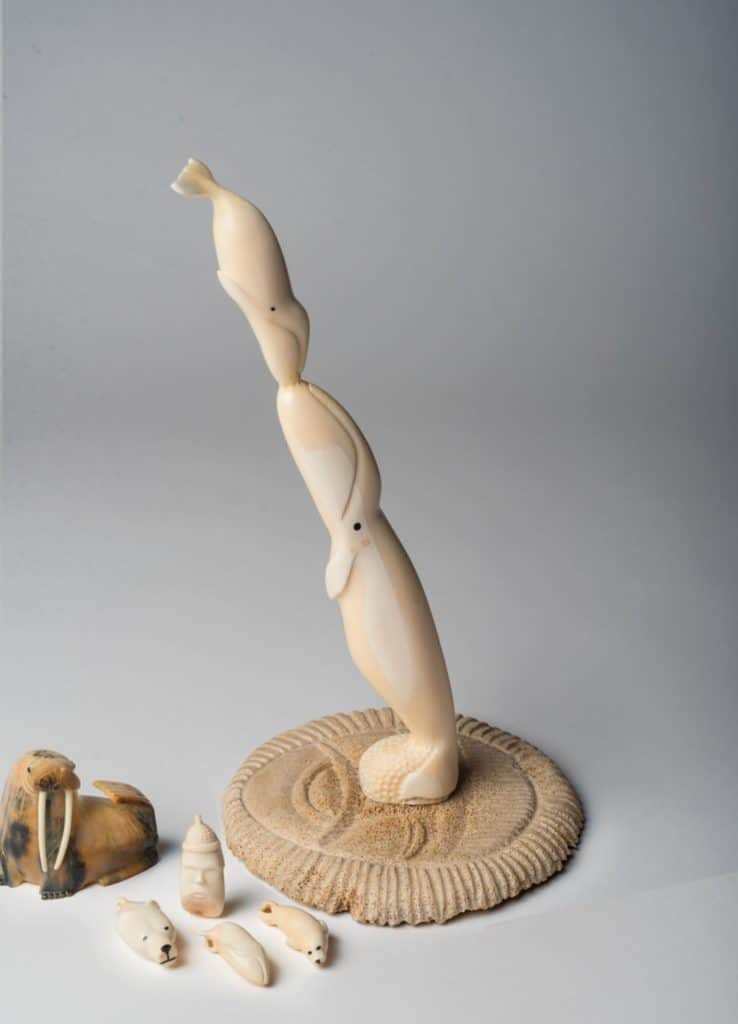
During the demonstrations, Eskimos dropped by and quietly showed us their art. Clearly, some carvers were more accomplished than others, but each piece that was presented had a unique style and charm.
People often criticize the aboriginal hunting rights, but in my time in Savoonga, I learned three poignant facts.
First, few people have a better grasp on the importance of marine mammals and more respect for them than these Yupik hunters who have been dependent on them for centuries.
While it’s true that the Yupik hunters use modern boats and harpoons to harvest animals, they still commit to a most treacherous duty when they follow the historical path of their people, voluntarily taking fewer and fewer of these animals, and they honorably count as harvested a whale that is struck but lost — a true loss to the community.
Last, each carving not only represented an essential economic benefit to the community, but each crafted piece also portrayed the deepest expression of a people that daily takes the utmost risks to remain true to its culture.
* * * * *
The U.S. Coast Guard is asking all boat owners and operators to help reduce fatalities, injuries, property damage, and associated healthcare costs related to recreational boating accidents by taking personal responsibility for their own safety and the safety of their passengers. Essential steps include: wearing a life jacket at all times and requiring passengers to do the same; never boating under the influence (BUI); successfully completing a boating safety course; and getting a Vessel Safety Check (VSC) annually from local U.S. Coast Guard Auxiliary, United States Power Squadrons(r), or your state boating agency’s Vessel Examiners. The U.S. Coast Guard reminds all boaters to “Boat Responsibly!” For more tips on boating safety, visit www.uscgboating.org.



